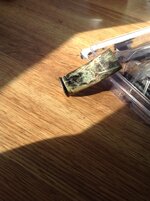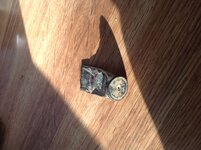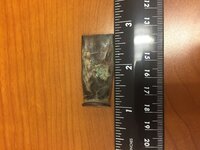I found this ammo casing while hunting in far west Texas. There is no indenting marks and was hoping someone might have an idea when it was manufactured.
I'll try an add pic again later...
I'll try an add pic again later...









